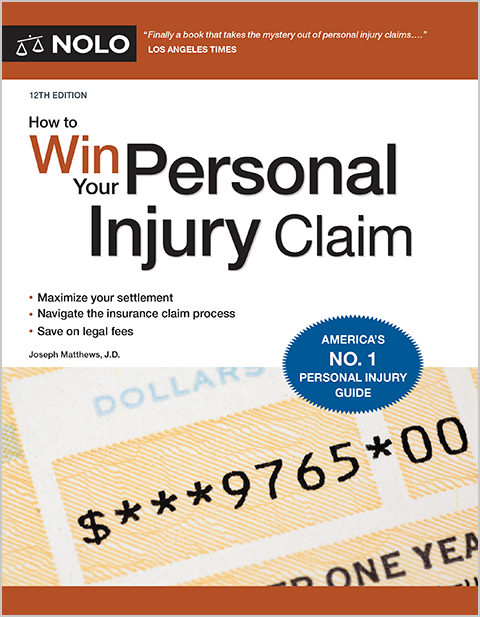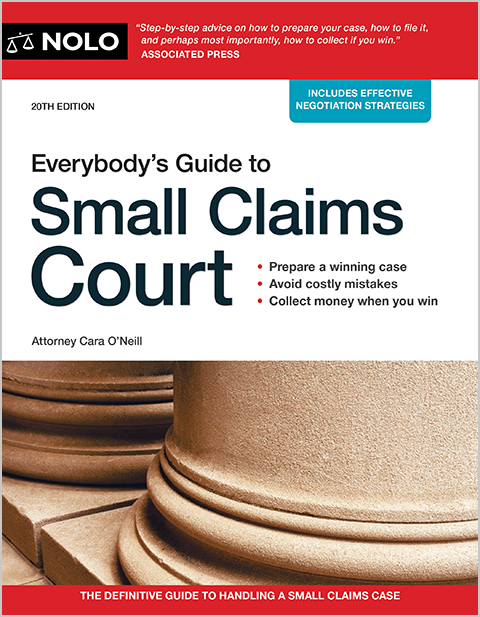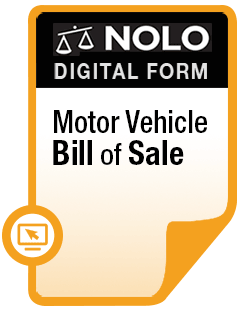Texas's "financial responsibility" rules, minimum car insurance requirements, uninsured driver penalties, and more.
Texas vehicle owners are required to show their financial responsibility for any car accident they might cause. Most drivers do this by buying car insurance that meets or exceeds the state's minimum coverage requirements:
- $30,000 liability coverage per person injured or killed in an accident you cause
- $60,000 total liability for two or more people injured or killed in an accident you cause, and
- $25,000 liability coverage for property damage resulting from an accident you cause.
Let's look closer at these rules in the context of a Texas car accident.
- What Does Liability Car Insurance Cover in Texas?
- What Is the Texas Financial Responsibilty Law?
- Showing Proof of Car Insurance in Texas
- Will My Texas Car Insurance Cover Me in Mexico?
- Are There Deadlines For Car Insurance Claims in Texas?
- What Are the Penalties for Driving Without Insurance in Texas?
- Next Steps After a Texas Car Accident
What Does Liability Car Insurance Cover in Texas?
The basic required coverage listed in the intro—known as "30/60/25" coverage for short—pays the medical bills, property damage bills, and other costs of drivers, passengers, and pedestrians who are injured or have their vehicle damaged in a car accident you cause, up to coverage limits. You can (and in some situations should) carry more coverage to protect you in case a serious crash results in significant car accident injuries and vehicle damage.
Remember, once policy limits are exhausted, you are personally on the financial hook, so higher insurance limits can help protect your personal assets in the event of a serious crash.
Who Is Covered Under Liability Insurance In Texas?
Besides covering the policyholder when they're involved in an accident in their vehicle, most liability coverage will apply to:
- any member of the policyholder's family who is involved in an accident while driving the policyholder's vehicle, and
- anyone who borrows the policyholder's vehicle and gets into an accident, and
Liability insurance will also cover the policyholder if they get into an accident in a rental car.
It's important to note here that in Texas (and everywhere else), your own liability coverage doesn't apply to your own injuries or vehicle damage after a car accident. You'll need different (additional) coverage for that if you're involved in a car accident and no one else's coverage applies to your losses. Let's look at a few of those options.
Do I Need "Personal Injury Protection" Car Insurance In Texas?
You're not required to have personal injury protection (PIP) in Texas, but car insurance companies must include $2,500 in PIP in any policy unless the customer declines PIP coverage in writing. If you don't decline PIP, you're free to increase the $2,500 minimum to a coverage amount that suits you.
PIP can be used to get your car accident medical bills paid pretty quickly, before any fault determination is made, since PIP applies regardless of who caused the accident.
The amount of PIP coverage you choose is "per person" injured in an accident. So if you go with the minimum of $2,500, you can make a PIP claim under your coverage, any passenger who was injured in that same accident while riding in your vehicle can also make a PIP claim under your coverage, and you can both receive up to $2,500 as compensation for financial losses resulting from the crash, including:
- car accident-related medical bills
- 80 percent of income lost because of the accident, and
- the cost of replacement services (including housework you're unable to do because of your injuries).
Remember that PIP won't apply to your vehicle damage.
Do I Need Collision Coverage In Texas?
It's not required, but it can come in handy. If your vehicle is damaged in an accident you cause, or if you're hit by an uninsured driver, collision coverage can pay for repairs to (or replacement of) your damaged vehicle after any kind of crash. Collision coverage is like no-fault car insurance for vehicle damage.
Do I Need Uninsured Motorist Coverage in Texas?
Texas does not require drivers to buy uninsured/underinsured motorist coverage, but it does require insurance companies to offer this kind of coverage, which can provide additional protection if you're in an accident with someone who has no car insurance, or whose policy limits aren't enough to cover your medical bills and other losses.
In Texas, all uninsured/underinsured motorist coverage is subject to a $250 deductible, which is the amount you must pay out of your own pocket before the insurance coverage kicks in.
What Is the Texas Financial Responsibilty Law?
As touched on above, Texas requires drivers to demonstrate their financial responsibility in case they cause a car accident on the state's roads and highways. Most vehicle owners choose to comply with this requirement by purchasing car insurance that meets the coverage minimums laid out at the top of this article. But you can also comply with Texas's financial responsibility law by:
- getting a surety bond
- depositing $55,000 in cash or acceptable securities with the state's comptroller, and
- depositing $55,000 in cash or cashier's check with the county judge of the Texas county where the motor vehicle is registered.
Showing Proof of Car Insurance in Texas
You'll need to carry your insurance card or proof of insurance in your vehicle with you, in case you are asked to present it to a law enforcement officer during a traffic stop. Failing to carry insurance or to provide proof of insurance when asked for it can result in fines and other penalties, especially if you're involved in an accident.
Texas Transportation Code section 601.053 lets drivers use a digital device to produce evidence of financial responsibility.
What Is TexasSure?
TexasSure is an automated database that's meant to identify uninsured drivers. It's used by law enforcement agencies and Texas Department of Motor Vehicle offices throughout the state to check the insurance status of drivers, by matching vehicle registration information to driver insurance details from insurance companies. Learn more about TexasSure (from the state's Department of Insurance).
Will My Texas Car Insurance Cover Me in Mexico?
A car insurance policy issued in Texas won't cover you in Mexico, but according to the Texas Department of Insurance, there are steps you can take to try to make sure you're covered while driving on the other side of the border:
- Some car insurance companies offer endorsements for short trips into Mexico, but you'll need to pay extra for it, and you'll also need to make sure that the coverage meets Mexico's legal requirements.
- If you're driving into Mexico, your safest move is probably buying a Mexican liability insurance policy, which some Texas insurance companies offer.
Are There Deadlines For Car Insurance Claims in Texas?
There's no law that sets a deadline for getting a car insurance claim filed in Texas, but the details of your policy might:
- set a claim-filing deadline (i.e. within 30 days after the accident) or
- require you to notify the insurance company "promptly" or "immediately" after an accident that could lead to a claim.
After you provide notice of a claim to your own insurance company, they usually have 15 days to respond and acknowledge your claim. And once your insurance company has all documentation and other information it needs from you, they have 15 days to accept or reject your claim. If the company denies your claim, it must tell you why, in writing.
What Are the Penalties for Driving Without Insurance in Texas?
Depending on the circumstances, penalties for driving without insurance in Texas (or otherwise violating the state's financial responsibility laws) can include:
- suspension or revocation of your driver's license and/or vehicle registration
- a fine of $175 to $350 for a first offense, and
- a fine of $350 to $1,000 for a second offense.
Next Steps After a Texas Car Accident
The Texas Department of Insurance website offers more information on auto insurance in Texas, including advice on choosing the right coverage.
You can also learn more about the Texas car accident laws that might come into play after a crash.
If you've been involved in a car accident in Texas, it might make sense to discuss your options with a lawyer, especially if you've been seriously hurt. Learn more about how a car accident lawyer can help if you've been injured in a crash.
- What Does Liability Car Insurance Cover in Texas?
- What Is the Texas Financial Responsibilty Law?
- Showing Proof of Car Insurance in Texas
- Will My Texas Car Insurance Cover Me in Mexico?
- Are There Deadlines For Car Insurance Claims in Texas?
- What Are the Penalties for Driving Without Insurance in Texas?
- Next Steps After a Texas Car Accident



